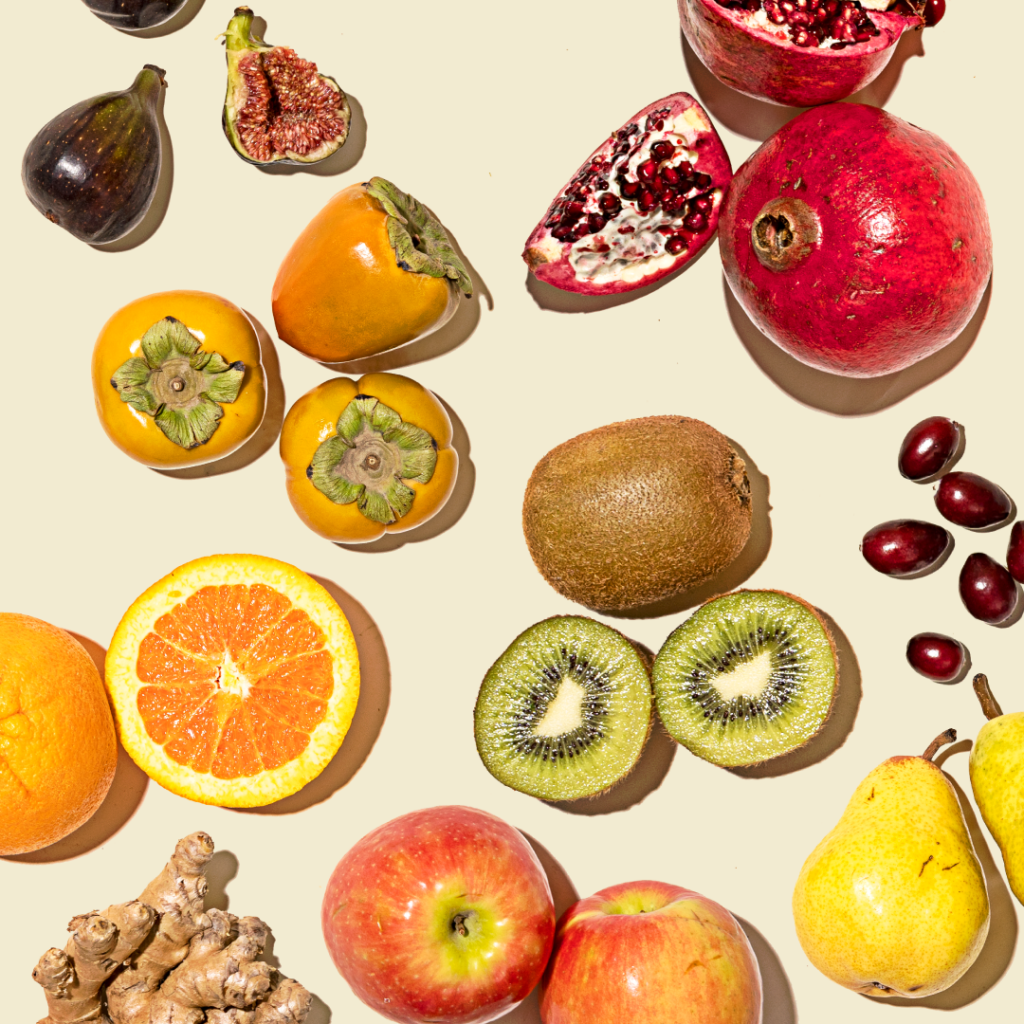
We’re lucky to have access to produce year-round, and even luckier that some of the sunniest fruits and veggies fare better than others depending on the season. In the winter, that means we’re able to source peak-season persimmons, pomegranates, kiwis, and more to bring brightness (and color!) to your fruit bowl during the chilliest months.
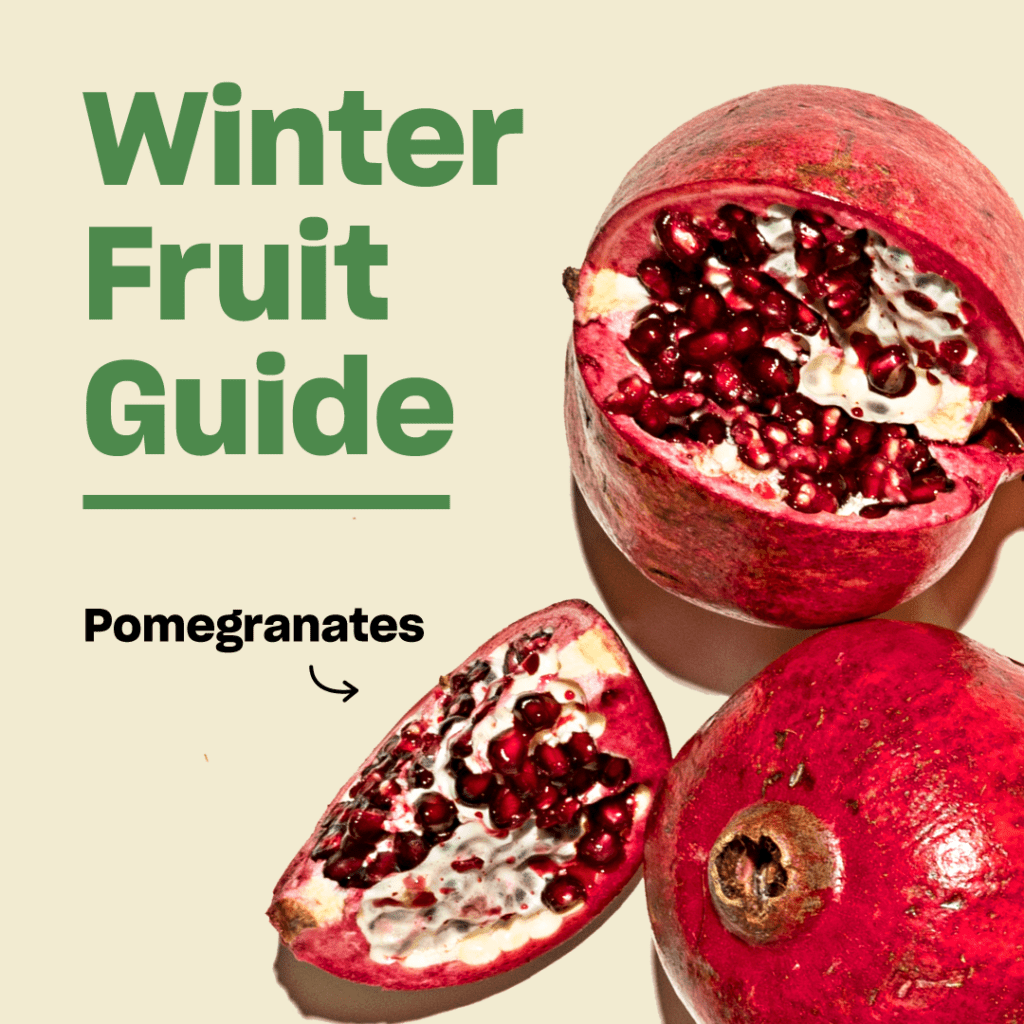
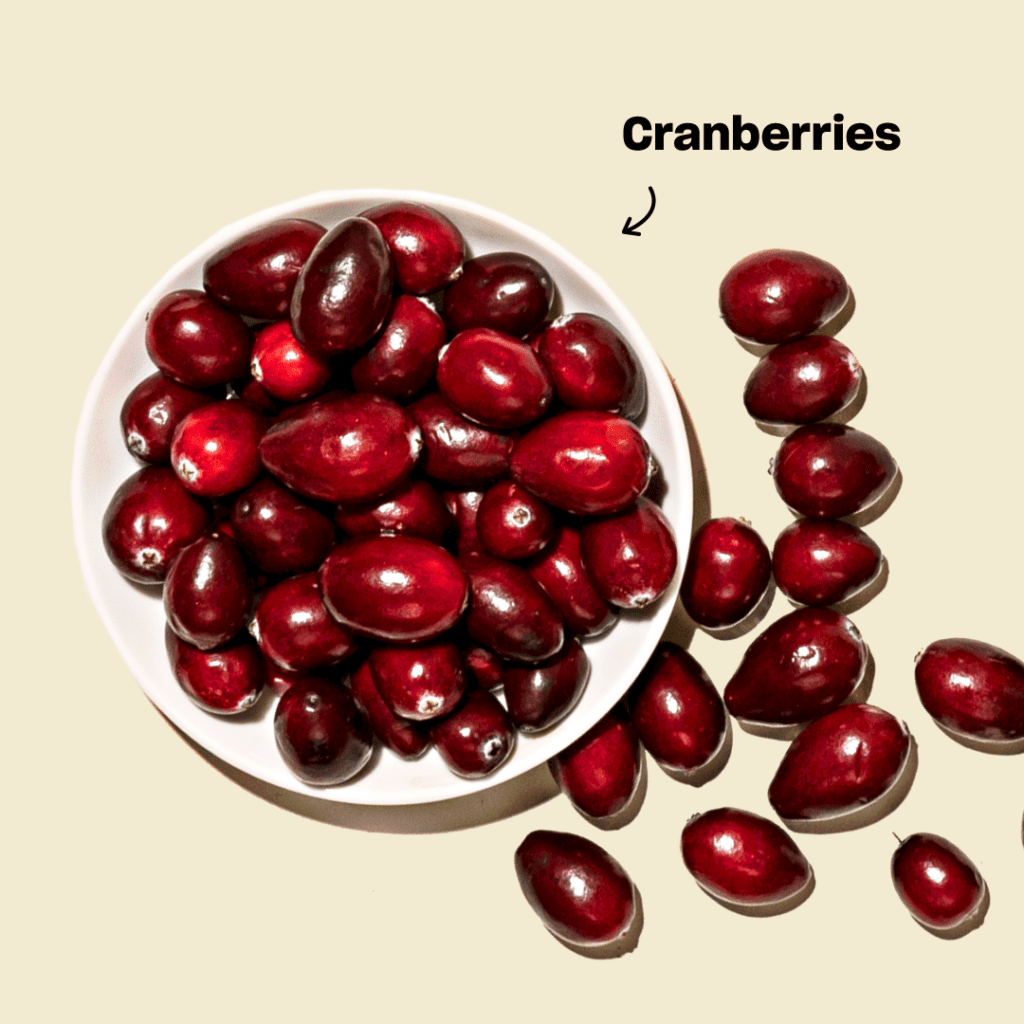
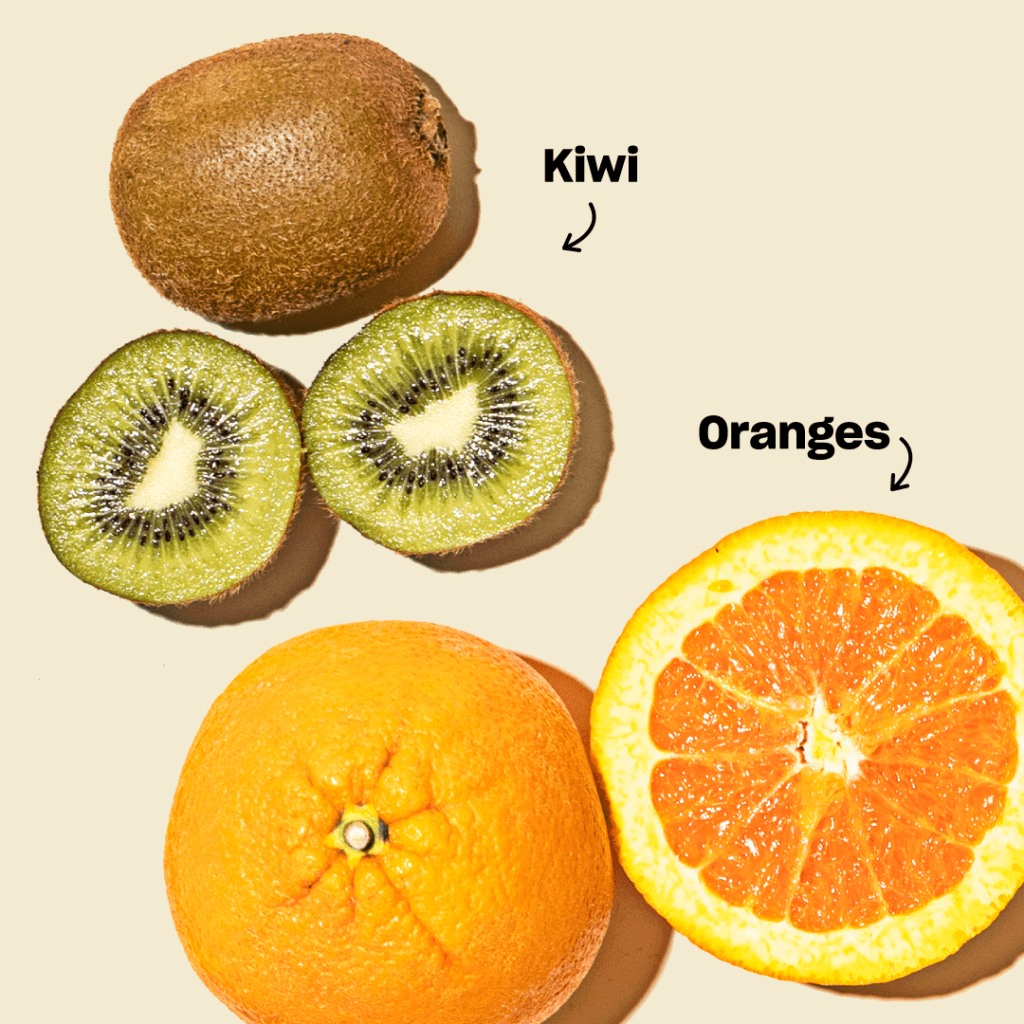
Pomegranates
They might not look like much on the outside, but inside pomegranates are bejeweled with smooth, juicy seeds called arils. You’ll know they’re ripe when the skin is easy to mark with a scratch. And in the meantime, brush up on our favorite, no-fuss pomegranate hack so you’re ready to rock once the moment arrives. Pomegranate arils bring a bold, sweet-tangy crunch to all kinds of recipes, which we’ve rounded up for you here. When all else fails, a pitcher of sangria is a great entry point.
Cranberries
This bead-like berry is native to North America and has long been used by indigenous tribes in food, dyes, and medicines. Fresh cranberries are a glossy scarlet in color, bitter in flavor, and inside, feature four air pockets that allow them to float (that’s why cranberry fields are flooded in the fall, becoming “bogs” for easy harvesting). Lucky for us, these small-but-mighty berries freeze with ease:. Store them in either their original packaging or an airtight container for up to a year. And you can use them without thawing in muffins and other baked goods (they’ll get enough heat in the oven), or as a festive cocktail garnish (they’ll keep drinks cold, too). If you’re curious about the many other ways to cook with crans, you’re in luck, ’cause we wrote the guide.
Kiwis
…Or rather, kiwifruit, as New Zealanders are quick to correct. Characterized by a fuzzy peel (which is very much edible), kiwis have tangy and sweet green flesh, with a slight acidity. That acidity makes them a fruit salad mainstay, as well as a stellar ingredient in meat-tenderizing marinades.
Oranges (Citrus)
As soon as the temps drop, citrus flavors come out in full force in everything from glazed chicken to desserts and seasonal sangrias. Citrus fruits thrive in chilly still-above-freezing weather, which brings out sweet flavor by encouraging sugar production. Since members of the citrus family make frequent cameos in savory and sweet recipes alike, we squeezed all the facts about some common varieties into a single, simple guide. (But most importantly, don’t forget about those peels!)

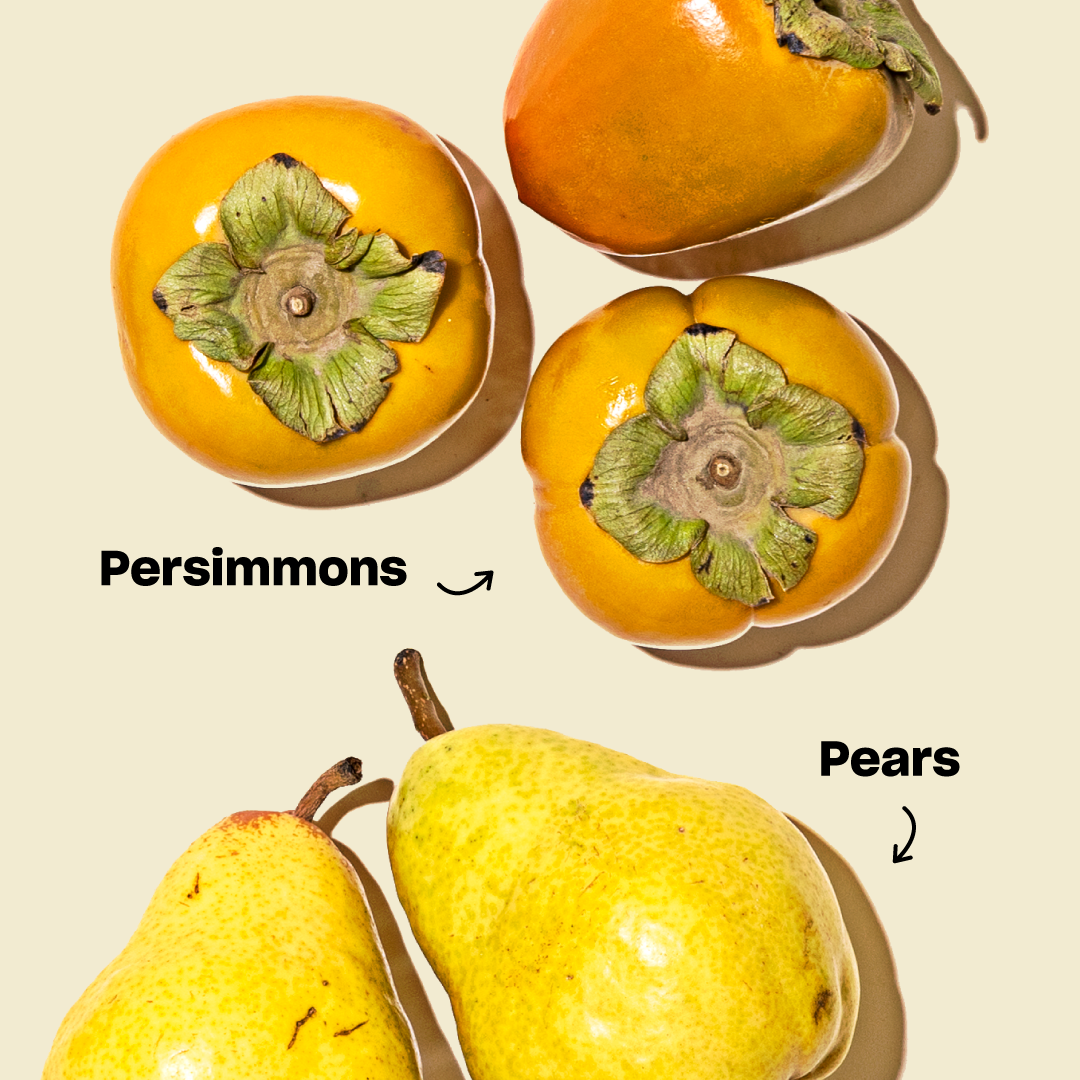
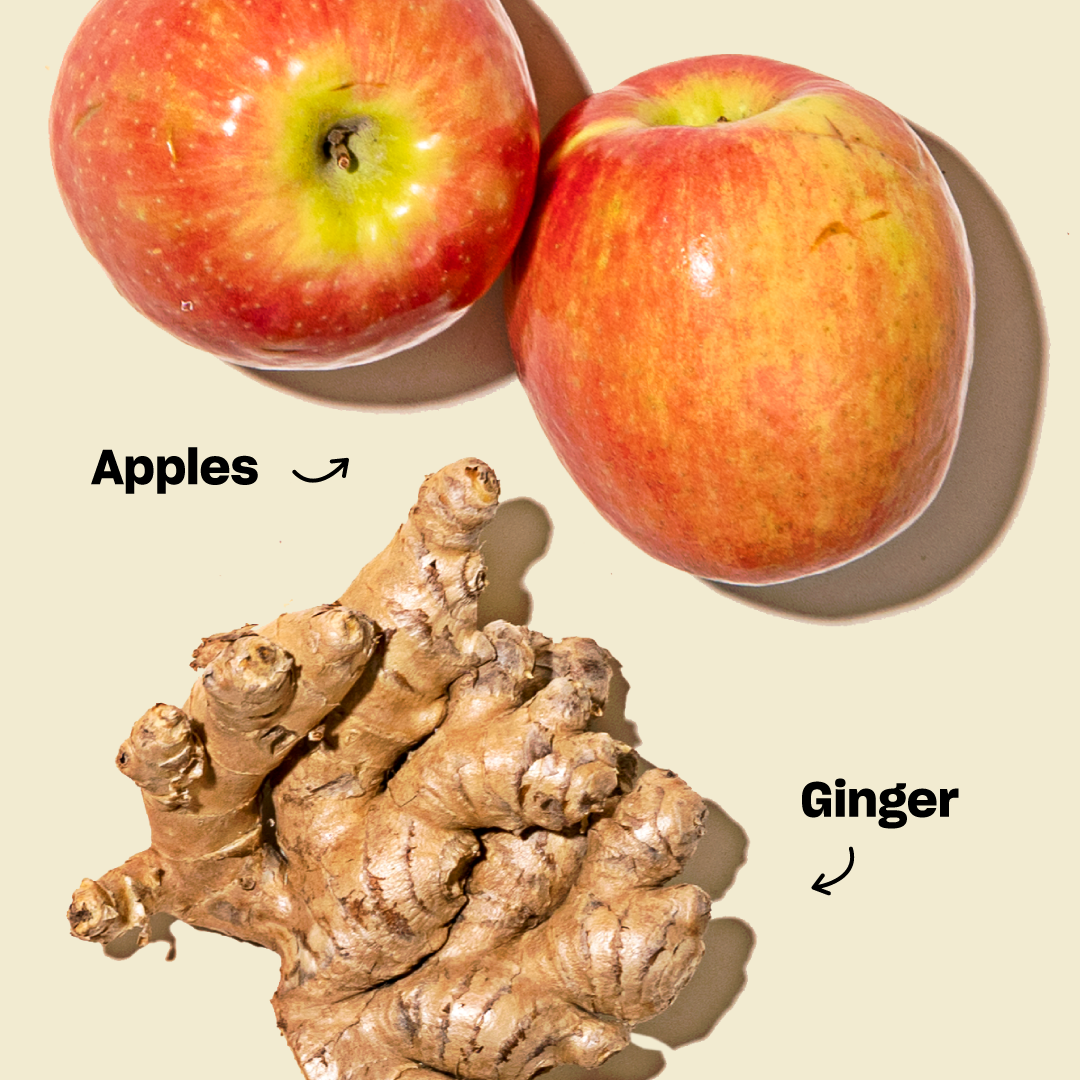
Figs
Ready for a fun fact? Figs aren’t technically fruit—they’re flowers that blossom inward, and those tiny, crunchy seeds inside are what’s left after they bloom. Figs are harvested when fully ripe—they should be soft to the touch and jammy inside—so handle them with care. It’s best to eat fresh figs within a few days, though you can extend their shelf-life by refrigerating them in a single layer. Deep purple mission figs bring honey flavor to savory applications (cheese board or grain bowl, anyone?), and meld with sweet ones just as well.
Persimmons
Fuyu and Hachiya persimmons share an incredibly sweet, almost honeyed flavor, but are best suited to different applications. Short and squat Fuyus should be eaten while still firm, making them good contenders for slicing for snacks, salads, and braises. Hachiyas, on the other hand, are more slender and best enjoyed when they’re super soft and nearly gelatinous—aka the perfect consistency for scooping out the flesh to fold it into muffin batter or savor it as-is.
Pears
Line up all of the common pear varieties—crisp green D’Anjou, chartreuse Bartlett, ruddy Bosc, warm sienna Red, and golden brown Asian pears—and you’ll have a distinctly autumnal color palette. Often grouped in with apples, a similar orchard fruit, pears are members of the rose family that, with the exception of Asian pears, have a nectary sweet flavor and soft, creamy flesh that earned them the nickname of “butter fruit.”
Ginger
A little earthy and highly aromatic, ginger is a knobby root native to southeast Asia that has been used in cooking and herbal medicine since antiquity (we’re talking almost 4,500 years). Even a small amount packs a big punch, imparting spice and a delightful liveliness to marinades, broths, baked goods, stir-frys, and more.
Apples
Of the more than 2,500 varieties growing across the U.S. today, only one—the wild sour crab apple—is native to North America. This shocked us, too, considering that these orchard-born beauties tie with pumpkins for the title of Fall’s official mascot, are baked into numerous idioms and phrases, and top the list of the most consumed fruits in the US. But what quality is king when it comes to choosing apples for pies? Which variety is the US’ best-seller, and what in the world is a lenticel?! You’ll find the answers, along with everything else you need to know about apples, in our handy guide.
Like this? Keep reading:
Your Spud-to-Stove Potato Primer

Comments (2)
I really enjoy shopping with Misfits.A lot of choices even for me living in Florida.
We’re so happy to read this, Emily! What have you been enjoying the most lately? Thanks for sharing this great feedback. ????